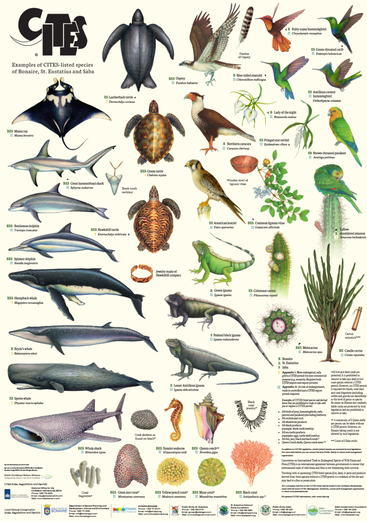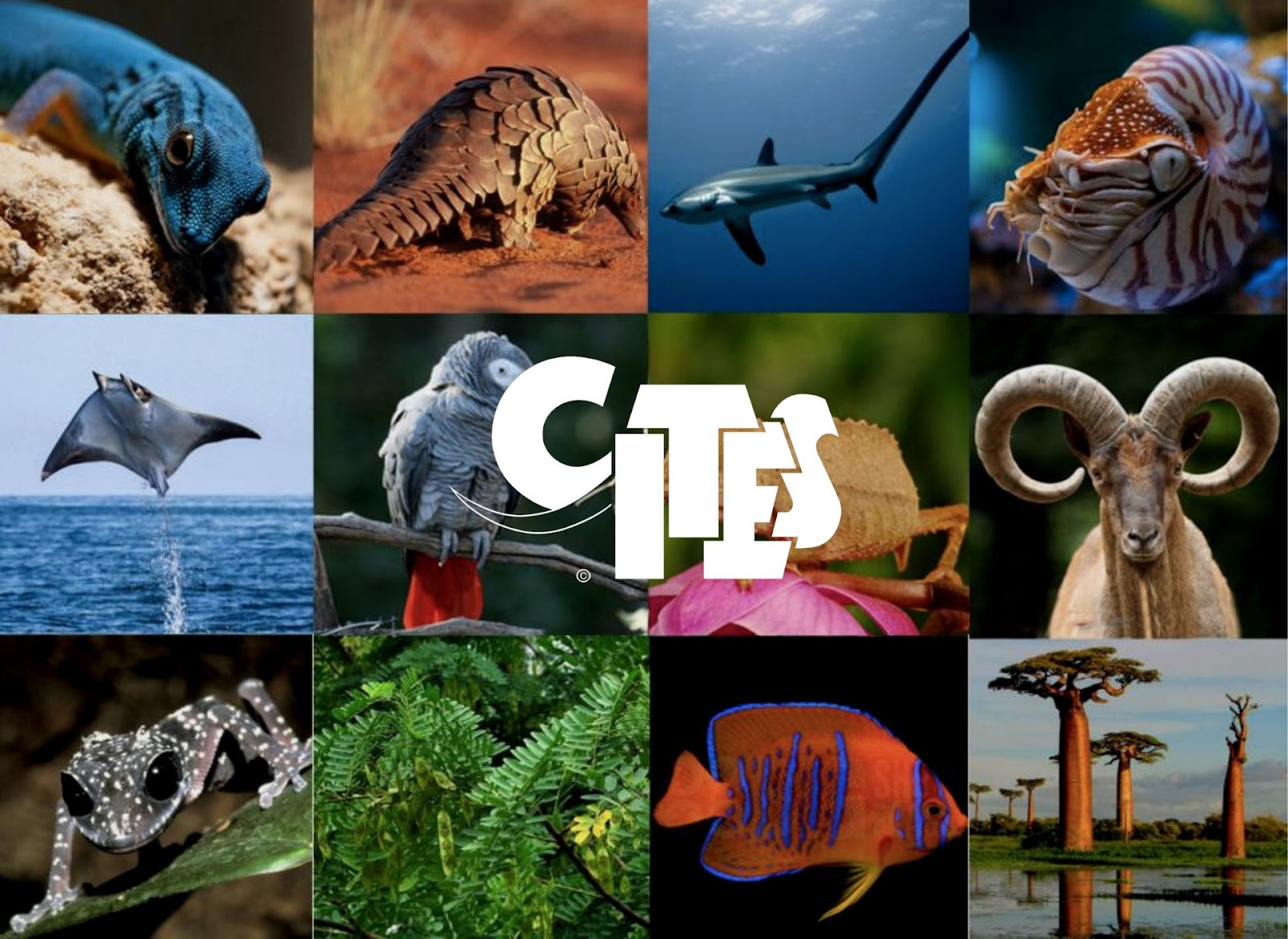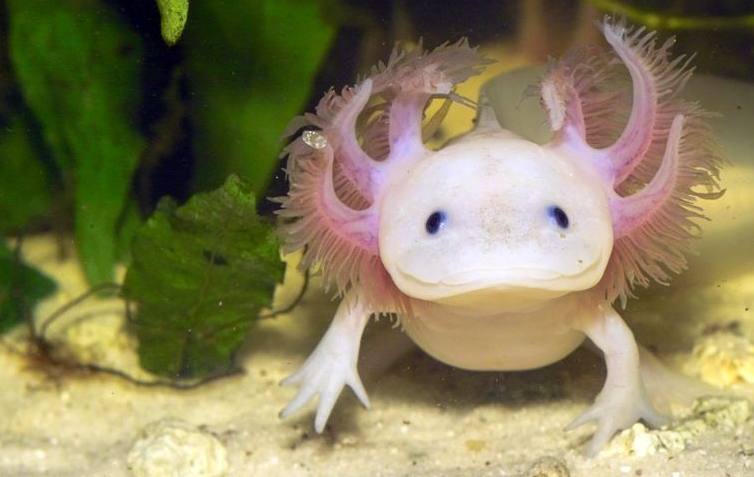CITES: Protecting biodiversity through international cooperation
In a world where biodiversity is under constant threat from human activities and climate change, international cooperation is essential to protect our wild flora and fauna.
One of the most important instruments for this cooperation is CITES. The Convention on International Trade in Endangered Species of Wild Fauna and Flora. CITES plays a vital role in preserving our planet's natural resources. And ensuring a sustainable future for all living beings.
What is CITES?
Established in 1975, CITES is an international treaty that aims to regulate and control international trade in endangered animal and plant species.
The name CITES stands for Convention on International Trade in Endangered Species of Wild Fauna and Flora. In other words, the Convention on International Trade in Endangered Species of Wild Fauna and Flora.
The aim of CITES is to ensure that international wildlife trade does not threaten their survival.
The treaty aims to regulate the exploitation of these species. This so that they are not overexploited or eradicated by commercial interests.

CITES, the Convention on International Trade in Endangered Species of Wild Fauna and Flora, aims to regulate international trade in wildlife and prevent these endangered species from being overexploited or wiped out by commercial interests.
How does CITES work?
CITES is based on a system of permits and certificates that regulates international trade in protected species. The convention classifies animal and plant species into three appendices, depending on their threat level:
Appendix I: This appendix lists the most endangered species, with trade only allowed under strict restrictions. Only in exceptional cases can international trade be allowed, for example for scientific research or for the conservation of the species.
Appendix II: Species in this appendix are considered less endangered. But trading is still regulated to prevent them from being at higher risk in the future. Trade in these species is allowed, but requires a license issued by the authorities of the exporting country.
Appendix III: This is a special appendix in which a country asks for help in controlling trade in certain species that are important to that country. Other member states then help regulate trade in these species.
The success of CITES depends on the cooperation of member countries, known as contracting parties. There are currently more than 180 contracting parties that support CITES and actively contribute to the conservation of biodiversity.
CITES regulates international trade in protected species in 3 classifications, ranging from most endangered to less endangered. Its success depends on the cooperation of more than 180 contracting parties that contribute to the conservation of biodiversity

Importance and challenges of CITES
Preserving biodiversity is crucial for maintaining ecological balance. And for promoting sustainability.
CITES has had a positive impact on the conservation of numerous endangered species by ensuring that international trade does not jeopardize their survival. Many iconic species, such as elephants, rhinoceroses and tigers, have benefited from CITES protection.
Yet there are also challenges to the success of CITES. The illegal wildlife trade remains a serious threat to many species. Despite the many efforts of the treaty. Sometimes countries' resources and capacity to enforce enforcement are limited, making illegal trade difficult to stop.
Biodiversity is essential for ecological balance and sustainability. CITES protects endangered species, but challenges such as illegal trade and cultural influences remain. Awareness and education are crucial to preserving our natural resources
In addition, cultural, economic and social factors can also influence compliance. Some countries have strong traditions in using certain plants and animals. Which makes controlling the trade a challenge. It is therefore vital to promote awareness and education, not only among governments but also among the general public, to emphasize the importance of preserving biodiversity.

Dutch Pets covered by CITES:
CITES includes a list of animals and plants subject to international trade regulation. The list includes several species, some of which are commonly kept as pets. Some of the most commonly kept animals that may appear on the CITES list are:
Parrots: Several species of parrots, such as the African Gray Parrot and the Macaw, are often kept as exotic pets. These colorful birds are much loved for their intelligence and ability to talk. Read all about CITES and ring duty for Parakeets and Parrots here.
CITES protects both exotic animals and plants, including beloved pets such as parrots and turtles. The treaty guarantees their survival and regulates international trade to prevent threats
Turtles and tortoises: Several species of turtles, such as the hawksbill turtle and the box turtle, can be found on the list. Turtles are popular pets because of their slow and calm nature.
Reptiles: Various reptiles, such as lizards and snakes, are often kept as pets. Species such as the green iguana and king snake may fall under CITES regulations.
Orchids: Some rare orchid species are listed on CITES Appendices because of their popularity with collectors.

The importance of CITES at a glance:
- CITES is essential for preserving biodiversity and preventing the extinction of endangered animal and plant species.
- The treaty regulates and controls international trade in endangered species, preventing overexploitation.
- By classifying species into different appendices, CITES provides a threat-level approach to protection.
- CITES encourages international cooperation between more than 180 contracting parties to jointly tackle illicit trafficking.
- Many iconic species, such as elephants, rhinoceroses and tigers, have benefited from the protection afforded by CITES.
- The convention promotes awareness and education about the importance of preserving biodiversity, not only among governments but also among the general public.
- Despite challenges, CITES remains a crucial tool in the fight against illegal trade and the conservation of our planet's natural resources.
- By making sustainable choices and advocating for better enforcement of CITES rules, individuals can contribute to the conservation of wildlife for future generations.
Conclusion
CITES is an important tool in the fight against the devastating effects of the illegal trade in endangered species of animals and plants. The treaty has made us aware of the need to protect our planet's resources. And has made a significant contribution to preserving our natural heritage.
CITES is a powerful tool for protecting our natural heritage and promoting sustainability. Together we can fight against illegal trade and make a positive difference for future generations and all living beings on earth.
Yet, as an international community, we must continue to work together to address the challenges. And to ensure that the beautiful diversity of life on earth is preserved for future generations. As individuals, we can also do our part by consciously choosing sustainable products. And by arguing for better enforcement of CITES rules. Together we can make a positive difference and create a more sustainable future for all living things on our planet.






